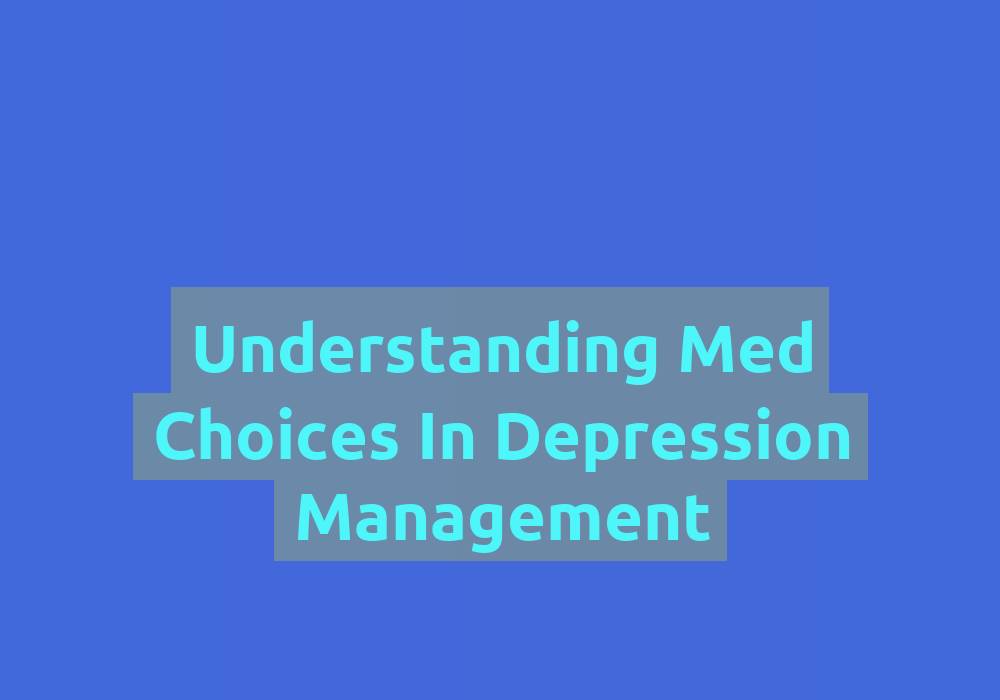Harnessing Happiness: Dive into Gratitude Exercises for Well-being

In this fast-paced and often stressful world, it can be easy to overlook the simple joys and blessings that surround us. However, cultivating gratitude is a powerful tool for enhancing our overall well-being and happiness. By actively practicing gratitude exercises, we can shift our focus from what is lacking in our lives to what we already have, fostering a positive mindset and improving our mental and emotional health.
The Power of Gratitude
Gratitude is more than just saying thank you. It is a mindset and a way of life that allows us to appreciate and acknowledge the goodness in ourselves, others, and the world around us. Research has shown numerous benefits associated with practicing gratitude, including:
- Improved mental health: Regularly expressing gratitude has been linked to reduced symptoms of depression and anxiety, increased resilience, and enhanced overall psychological well-being.
Studies have found that when we consciously focus on the positive aspects of our lives, such as the things we are grateful for, it can have a profound impact on our mental health. By shifting our attention away from negative thoughts and worries, gratitude helps to rewire our brain and reduce symptoms of depression and anxiety. It also enhances our resilience, allowing us to better cope with life’s challenges.
- Enhanced relationships: Gratitude strengthens relationships by fostering positive communication, empathy, and connection with others. Expressing gratitude towards loved ones can deepen our bonds and create a more harmonious environment.
When we express gratitude to others, it not only makes them feel appreciated but also strengthens our connection with them. By acknowledging and valuing their contributions, we enhance the quality of our relationships. Gratitude promotes positive communication, empathy, and understanding, which are essential for building and maintaining healthy relationships.
- Increased self-esteem: By focusing on what we are grateful for, we begin to recognize our own strengths and achievements, boosting our self-confidence and self-worth.
Practicing gratitude helps us shift our focus from our shortcomings to our accomplishments, talents, and positive qualities. When we regularly acknowledge and appreciate our own strengths, we develop a healthier sense of self-esteem. This increased self-worth radiates into other areas of our lives, empowering us to pursue our goals and live more authentically.
- Stress reduction: Practicing gratitude helps to shift our perspective away from negative thoughts and worries, leading to lower stress levels and improved coping mechanisms.
When we consciously cultivate gratitude, we train our minds to focus on the positive aspects of our lives, rather than dwelling on stressors and challenges. This shift in perspective can significantly reduce stress levels and promote a sense of calm and well-being. Moreover, gratitude equips us with healthier coping mechanisms, allowing us to navigate difficult situations with greater resilience and positivity.
Gratitude Exercises for Well-being
Now that we understand the importance of cultivating gratitude, let’s explore some practical exercises that can help us harness happiness and well-being:
1. Gratitude Journaling
One of the most effective gratitude exercises is keeping a gratitude journal. Set aside a few minutes each day to write down three to five things you are grateful for. These can be big or small, ranging from a beautiful sunset to a kind gesture from a friend. By regularly documenting these moments of gratitude, you create a tangible reminder of the positive aspects of your life.
- Be specific in your journal entries. Instead of simply writing “I’m grateful for my family,” specify why you are grateful for them. For example, “I’m grateful for my family because they always support and encourage me.”
- Try to vary your entries each day. This encourages you to actively seek out different aspects of your life to be grateful for, fostering a greater sense of appreciation and mindfulness.
- Reflect on your journal entries from time to time. Take a moment to read through your previous entries and notice patterns or recurring themes. This can provide valuable insights into the aspects of your life that bring you the most joy and gratitude.
2. Mindful Appreciation
Practice being fully present in the moment and mindfully appreciate the things around you. Whether it’s savoring a delicious meal, enjoying a walk in nature, or relishing a warm cup of tea, immerse yourself in the experience and take note of the details that bring you joy. Cultivate a sense of gratitude for these simple pleasures.
Additional Tips:
- Engage your senses when practicing mindful appreciation. Notice the aroma, taste, texture, and colors of the food you’re eating, or the soothing sound of birds chirping during your nature walk. Paying attention to these sensory details enhances your appreciation and gratitude for the present moment.
- Practice mindful appreciation in everyday activities. Whether you’re doing household chores or commuting to work, find moments to pause and observe the beauty and goodness in the ordinary. This helps cultivate a grateful mindset throughout the day.
3. Gratitude Letters
Take the time to express your gratitude to someone who has had a positive impact on your life. Write a heartfelt letter or send an email to a friend, family member, or mentor, expressing your appreciation for their presence and support. This exercise not only benefits the recipient but also reinforces your own sense of gratitude and strengthens your relationships.
Additional Tips:
- Be specific and genuine in your gratitude letters. Instead of using generic phrases, mention specific instances or qualities that you appreciate about the person.
- Don’t limit yourself to people you know personally. You can also express gratitude to authors, artists, public figures, or anyone who has influenced you positively.
- Consider writing gratitude letters regularly, making it a habit to express your appreciation and strengthen your connections with others.
4. Gratitude Jar
Create a gratitude jar or box, and every day, write down a moment or experience you are grateful for on a small piece of paper. Place it in the jar and watch it fill up over time. Whenever you need a boost of positivity, take a moment to read through the accumulated notes, reminding yourself of the abundance of good in your life.
Additional Tips:
- Decorate your gratitude jar or box to make it visually appealing and inviting. Use colors, stickers, or other materials that resonate with you.
- Get creative with your gratitude notes. Instead of simply writing down the event or experience, include details that evoke the emotions and sensations associated with it. This enhances the impact of the exercise.
- Involve your loved ones in the gratitude jar activity. Encourage them to write their own gratitude notes and contribute to the jar. This fosters a sense of shared appreciation and creates a positive atmosphere within your home.
5. Gratitude Meditation
Engage in a guided gratitude meditation practice. Find a quiet and comfortable space, close your eyes, and focus on your breath. With each inhale and exhale, bring to mind something you are grateful for. It can be a person, a situation, or even a personal quality. Allow yourself to fully experience the feelings of gratitude and let them wash over you.
Additional Tips:
- Use guided meditation apps or websites to find gratitude-focused meditation sessions. These resources can provide structure and guidance, especially if you’re new to meditation.
- Experiment with different meditation techniques. Some people find it helpful to visualize the things they are grateful for, while others prefer to repeat affirmations or mantras related to gratitude.
- Incorporate gratitude meditation into your daily routine, either in the morning to set a positive tone for the day or in the evening to reflect on the blessings of the day.
6. Acts of Kindness
Perform random acts of kindness for others without expecting anything in return. Engaging in selfless acts not only benefits the recipients but also generates a sense of fulfillment and gratitude within ourselves. Whether it’s volunteering, helping a stranger, or offering a kind word, these acts of kindness can create a ripple effect of positivity in the world.
Additional Tips:
- Be mindful of opportunities for kindness in your daily life. It can be as simple as holding the door for someone, offering a genuine compliment, or volunteering your time for a cause you care about.
- Involve your friends, family, or colleagues in acts of kindness. Organize group volunteer activities or challenge each other to perform one act of kindness each day. This fosters a supportive and caring community.
- Practice kindness towards yourself as well. Treat yourself with compassion and self-care, as this also contributes to your overall well-being and gratitude.
7. Gratitude Reflection
At the end of each day, take a few moments to reflect on the positive experiences and interactions you had throughout the day. Write them down or simply recount them in your mind. By intentionally focusing on the good, you train your brain to seek out and appreciate the positive aspects of your life.
Additional Tips:
- Make gratitude reflection a part of your evening routine. Set aside a specific time each day to reflect and write down the moments of gratitude from the day.
- Consider keeping a gratitude jar or journal specifically for the reflections on your daily experiences. This allows you to revisit and appreciate these moments later on.
- Share your reflections with loved ones. Engage in conversations about gratitude and encourage each other to focus on the positives in your lives.
Embrace a Grateful Mindset
Incorporating gratitude exercises into your daily routine can have a transformative impact on your overall well-being. By consciously shifting your perspective towards gratitude, you become more aware of the abundance and blessings that surround you. So, start harnessing happiness today by immersing yourself in gratitude exercises and embracing a grateful mindset. Remember, happiness is not found in the absence of problems but in our ability to appreciate the present moment and all that it encompasses.
This article is written in markdown format.
FAQ
1. What is gratitude and how does it benefit our well-being?
Gratitude is a mindset and a way of life that allows us to appreciate and acknowledge the goodness in ourselves, others, and the world around us. It has numerous benefits for our well-being, including improved mental health, enhanced relationships, increased self-esteem, and stress reduction.
2. What are some practical exercises for cultivating gratitude?
Some practical exercises for cultivating gratitude include gratitude journaling, mindful appreciation, gratitude letters, creating a gratitude jar, gratitude meditation, performing acts of kindness, and gratitude reflection.
3. How can gratitude journaling be more effective?
To make gratitude journaling more effective, it is recommended to be specific in your entries, vary your entries each day, and reflect on your previous entries from time to time to gain valuable insights.
4. How can acts of kindness contribute to gratitude?
Performing random acts of kindness for others without expecting anything in return generates a sense of fulfillment and gratitude within ourselves. Engaging in selfless acts not only benefits the recipients but also creates a ripple effect of positivity in the world.


















